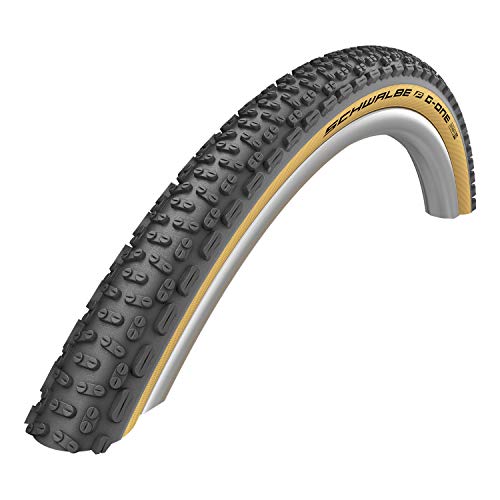Perhaps you’ve just bought your first gravel bike, or maybe you’ve been a drop-bar knobby tyre convert for a while. Either way, we can surely all agree that if you’re not out on the trails, then thinking about how you can improve your ride is very much the next best thing.
Now, unless you’re one of those very lucky people with thousands to spend on the very best gravel bikes, you will – like the rest of us – be after the upgrades that deliver the biggest bang for your buck.
And although we did say ‘five upgrades’ in the title, it’s more five best upgrade areas – we’ve got lots more upgrade suggestions for you than just five! And some of them cost the same as a single Zwift payment – how’s that for value already?
So, without further ado, let’s jump in!
Tyres (sealant and valves)
(Image credit: Future)
We’d also recommend this as one of the best value upgrades for road bikes. But when heading off-road, making sure you’re using the best gravel bike tyres takes on a whole new level of importance. There’s more to consider than just the rolling resistance, puncture resistance and weight and it’s no exaggeration that choosing the right set will completely transform your ride.
First off, there’s the tread pattern to consider: are you going to be riding mainly hard-pack gravel roads or are your trails more loose and muddy? In the first case, you’d want to go with a semi-slick casing with more prominent shoulder knobs to provide grip in the corners. Alternatively, an even covering of short, tightly spaced knobs makes for a more predictable and easier to handle tyre – although at the expense of some rolling resistance..
In the second case for loose rocks and muddy trails, you’ll be needing something rather more aggressive. The height and spacing of the knobs should be taller and wider to provide the necessary traction in those more challenging conditions.
(Image credit: Future)
Then there’s the width. Depending on the roughness of the terrain (and the level of comfort you’re after), you might be best suited with anything from 35mm to 54mm – that’s 2.1 inches, and with the change in units indicating a switch into mountain bike territory.
Then there are the differences between price points. More expensive tyres can be made lighter and use more advanced compounds. This is…

